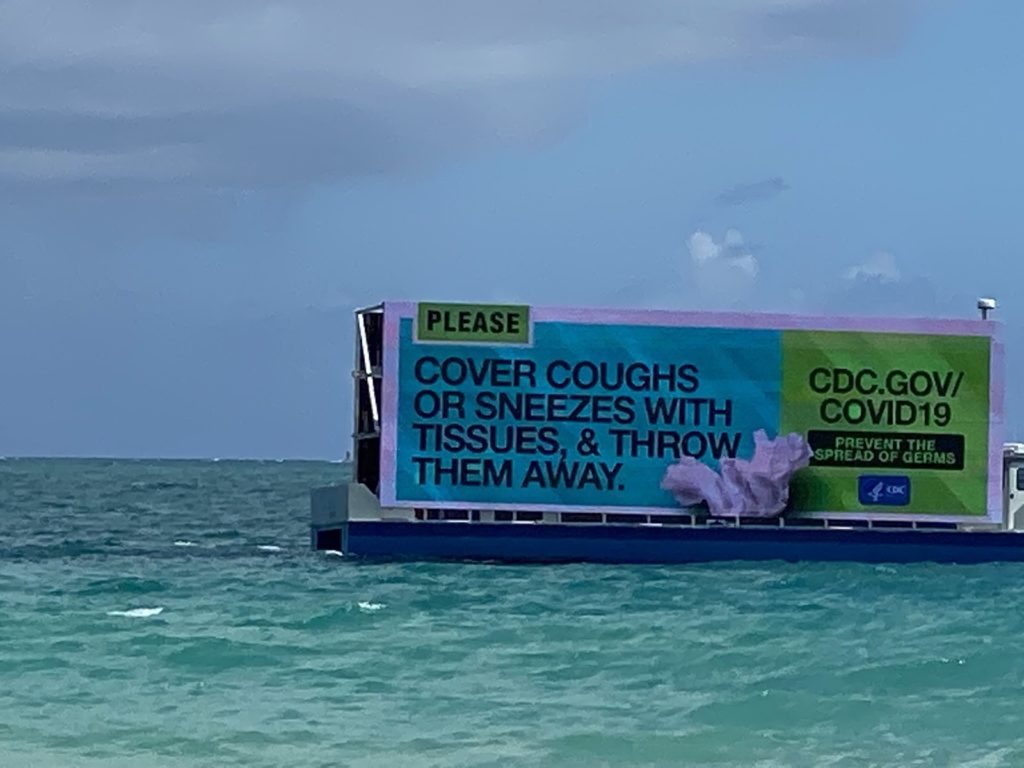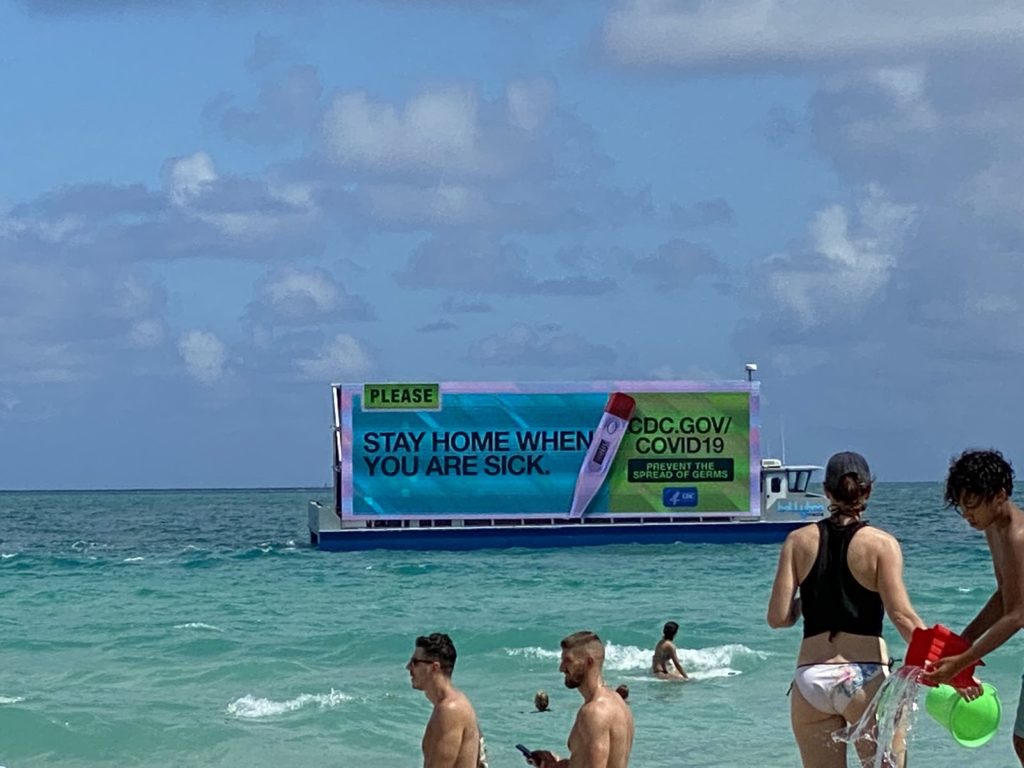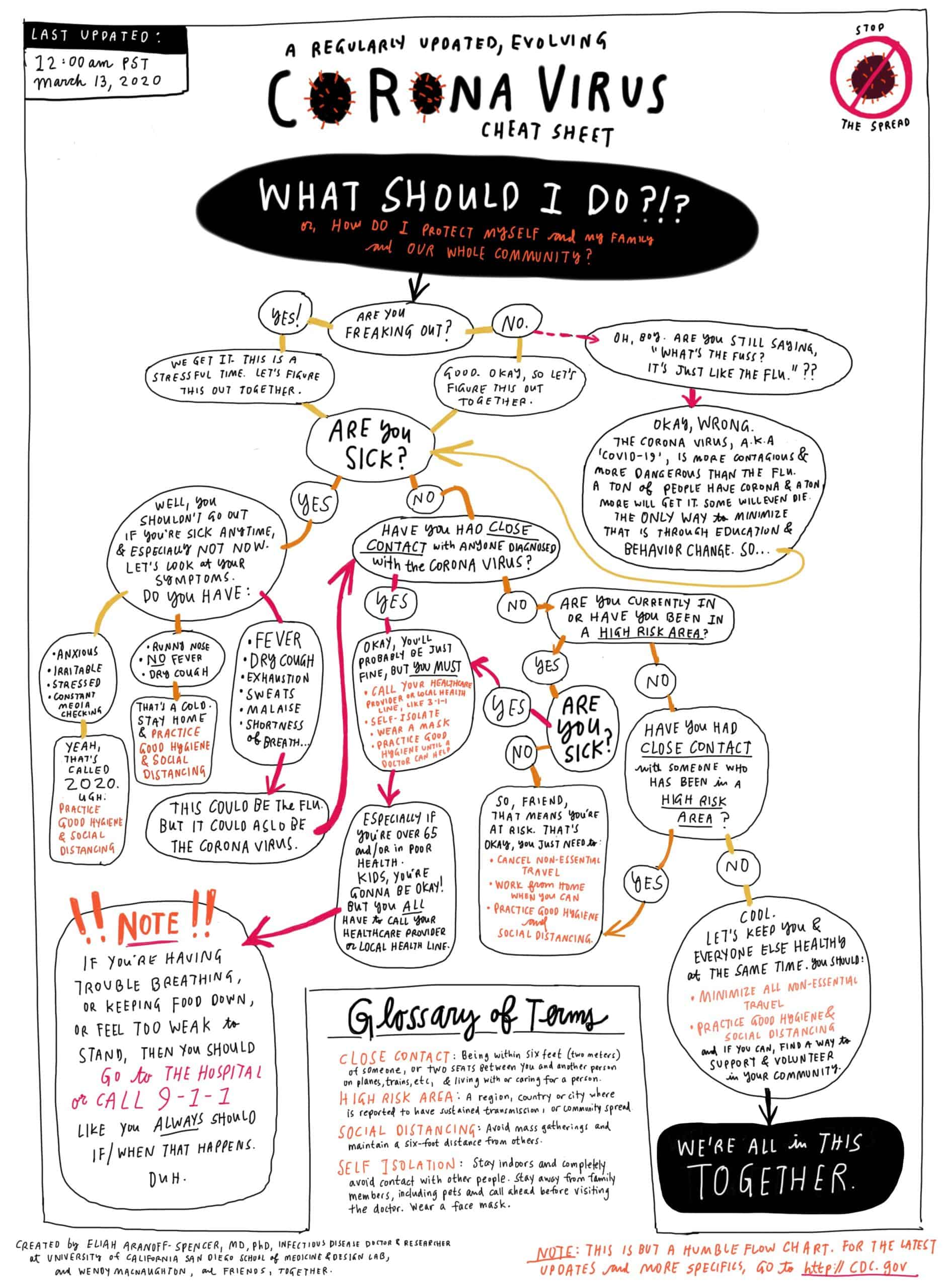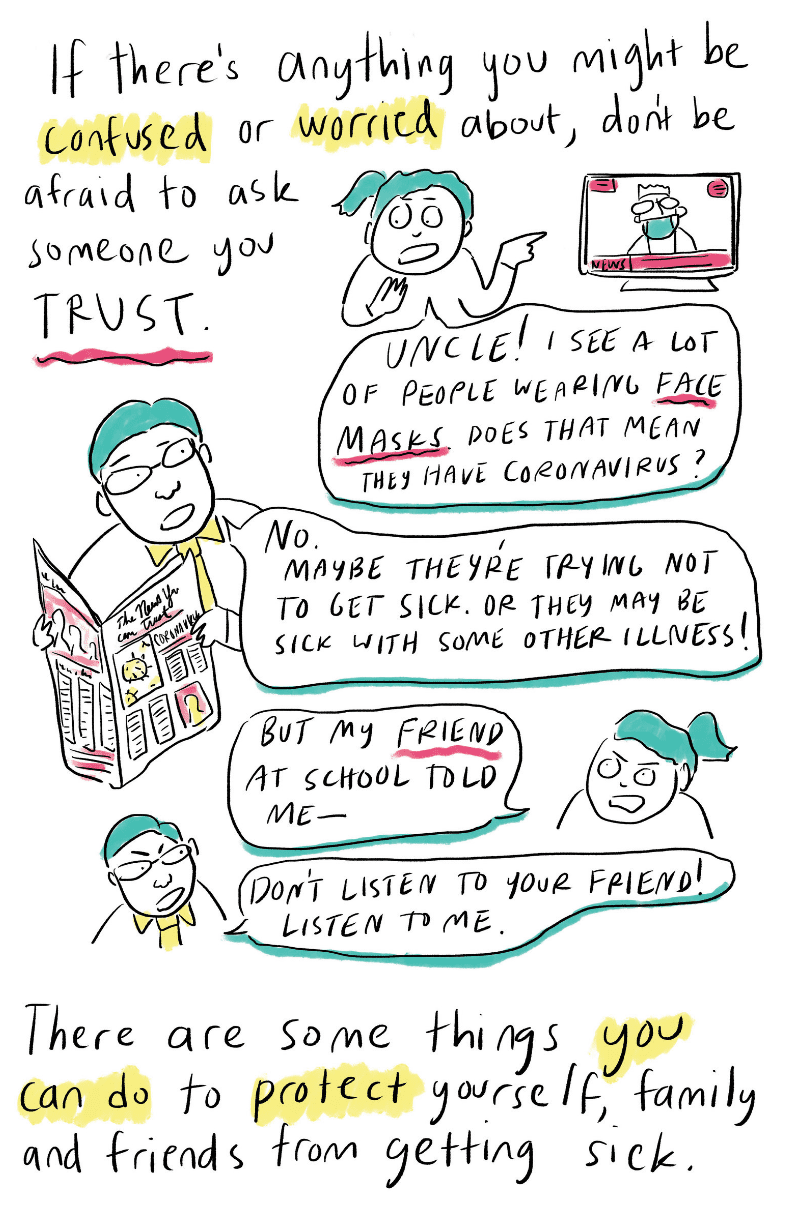This website uses cookies so that we can provide you with the best user experience possible. Cookie information is stored in your browser and performs functions such as recognizing you when you return to our website and helping our team to understand which sections of the website you find most interesting and useful.
6 Examples of Effective
March 31, 2020 – Effective and timely health communication is always important, but this has become even more clear as the public health and medical communities work to stop the spread of the new coronavirus across the world. Basic public health concepts—like social distancing and flattening the curve—have become broadly understood through concerted communication efforts by organizations like the World Health Organization (WHO), Centers for Disease Control and Prevention (CDC), and state and local public health departments.
While we’ve all experienced a deluge of COVID-19 information over the past few weeks, we’ve also seen compelling examples of behavior change communication. Below, members of our Health Communication Team highlight their favorites.
1. The Power of Video
Clancey Bateman Potter, MPH, MS
We’ve all heard consistent handwashing (frequently, for at least 20 seconds!) messages from everyone from the CDC to Gloria Gaynor, but this viral video is the most effective I’ve seen; it pulls apart the standard handwashing diagram and demonstrates what you can’t see with just an image.
Correct technique to wash your hands for proper disinfection. #CoronavirusOutbreakindia #CoronaVirusUpdate #COVID #CoronaVirusUpdate pic.twitter.com/1WeDwlCaF6
— Harjinder Singh Kukreja (@SinghLions) March 19, 2020
2. Meeting People Where They Are
Michelle Samplin-Salgado, MPH
These photos were taken Saturday, March 14, 2020, just days before Miami Beach closed all public beaches. Usually, these floating billboards advertise clubs and DJs. I was impressed not only by how quickly they (and the CDC, which created the messages) were able to pivot from commercial to public service messages but also by the simple, clear messaging and clean design.


3. Connecting with Influencers to Establish Social Proof
On March 26, Dr. Anothony Fauci and NBA superstar Steph Curry went live on Instagram to talk about what the public should do to help stop the spread of the new coronavirus (see the recorded conversation on YouTube). The day before, Curry asked his followers what questions they had for Fauci, then asked them during the live conversation. But it doesn’t have to be a national influencer for such a forum to be effective. For example, local health officials can work with church leaders and radio personalities to deliver messages and information to people in places they already frequent online.
4. Providing Factual Information with Emotion
Heather Brack
The instructions in the ““What Should I Do?” An Illustrated Corona Virus Advice Flowchart” by Wendy MacNaughton and Eliah Aronof-Spencer, MD, PhD, are informed by infectious disease research and communicated with a conversational and reassuring tone. The text acknowledges that the viewer may be anxious about COVID-19 and addresses the emotion first, then follows with recommendations and best practices.

5. Breaking Down Complex Topics into Bite-Size Pieces
I’ve been impressed by how quickly social media giants like Facebook and Tik Tok have added important COVID-19 links and information to their platforms. While scrolling Tik Tok this week, WHO’s short, informational videos on COVID-19 caught my eye. The content is effective because they take complex concepts like predictive modeling and break them into bite-sized clips that are easy to understand. WHO keeps its content fresh by providing a variety of videos in addition to informational straight-to-camera interviews with experts. It also features safety tips and ambassadors modeling the #safehandschallenge.
@whoThese are 7 simple steps to protect yourself and others from ##COVID19. ##coronavirus♬ original sound – who
@who##SafeHands challenge with Alisson Becker! ##COVID19 ##coronavirus♬ original sound – who
@whoWe can prevent the worst ##COVID19 numbers with a comprehensive approach: test, trace, treat, isolate. ##coronavirus♬ original sound – who
6. Creating Messages to Connect with your Audience
Mary-Kathryn Aranda
It is daunting to explain COVID-19 to 9- and 7-year-olds, so I was grateful when our public elementary school shared NPR: Just For Kids: A Comic Exploring The New Coronavirus in all the classrooms and then with parents. The material is presented in comic form that kids can understand, and includes an activity and recording to reinforce critical actions…like more handwashing!

Over to You
Have you seen compelling COVID-19 messages? Tweet us at @JSIHealth_US to send your favorites.

